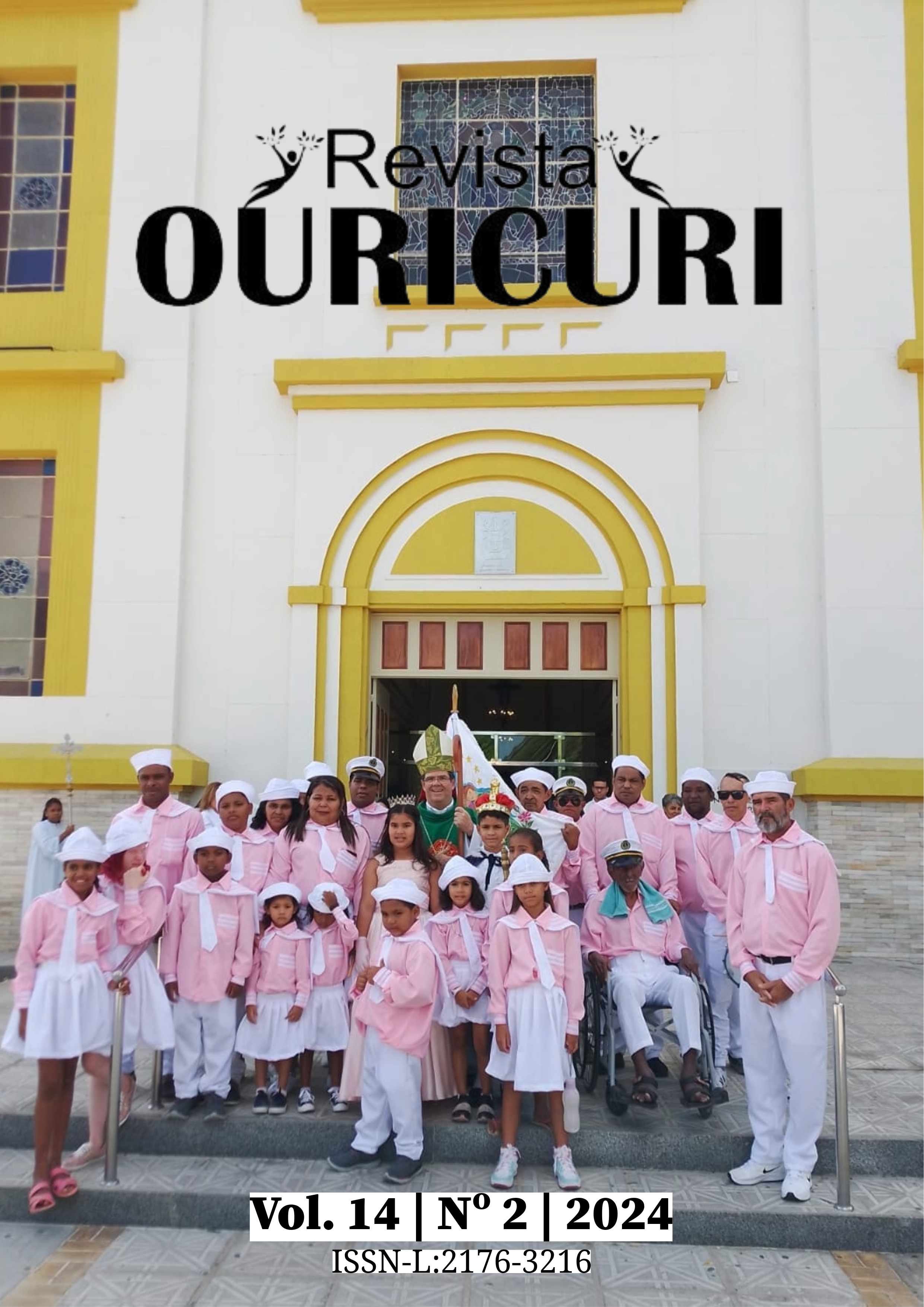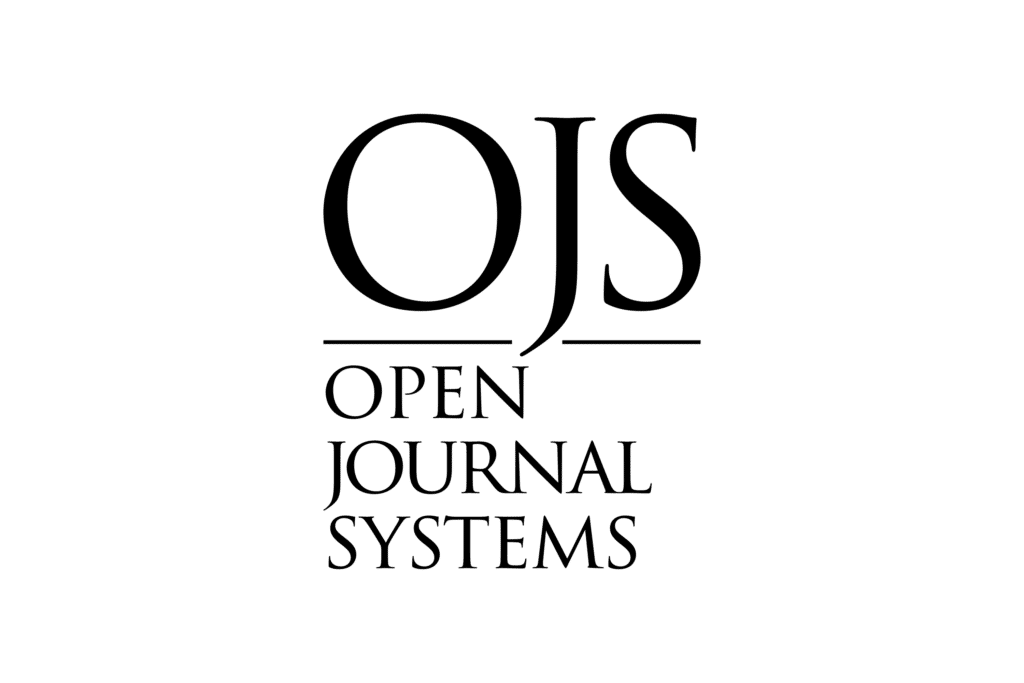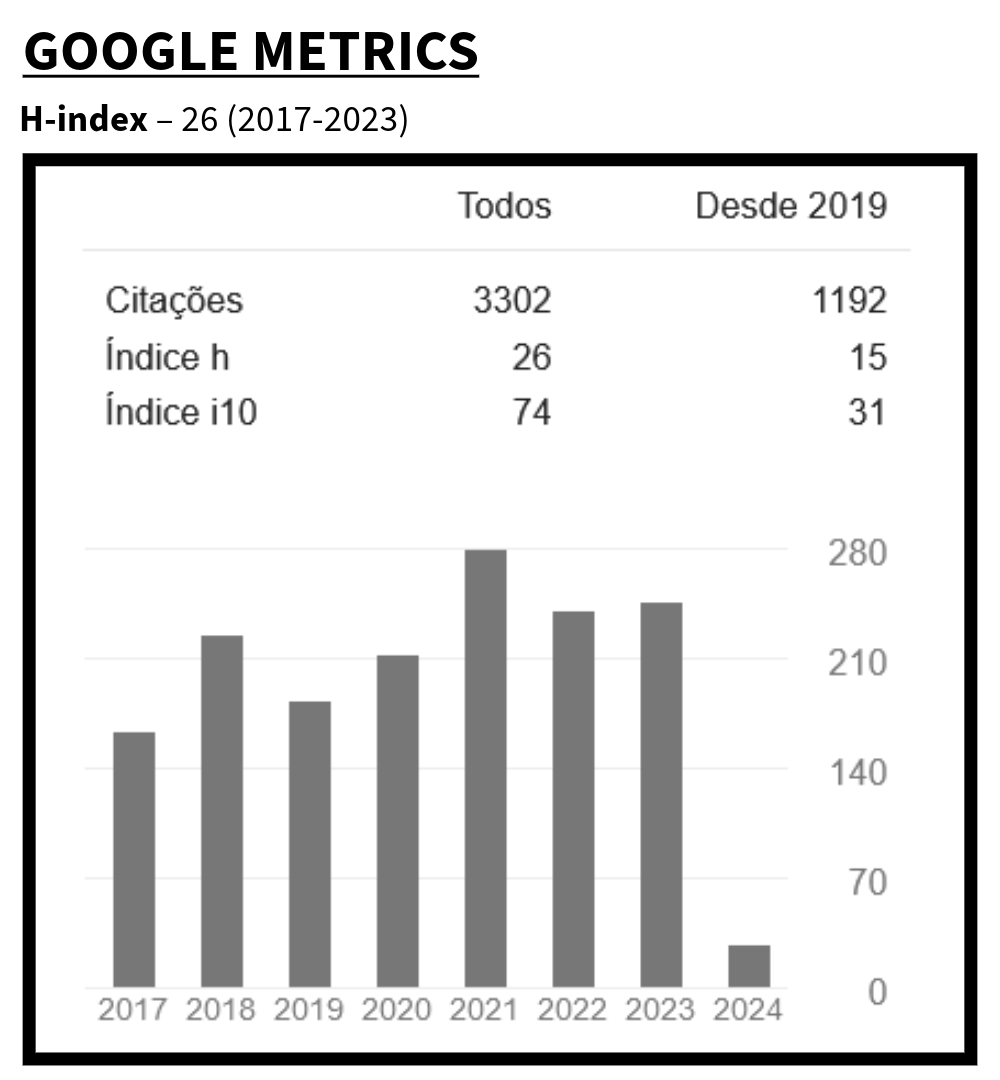Youth, High School in the Semi-Arid Northeast II
DOI:
https://doi.org/10.59360/ouricuri.vol14.i2.a22007Keywords:
Youths, Youth Protagonism, High SchoolAbstract
The text presented is part of research carried out at PPGIES in 2022 and discusses the problem of youth, the target audience of high school in the context of the Semi-arid Northeast II of Bahia. It reflects on the concept of youth in relation to the current scenario of high school, the importance of strengthening the rights of young people and actions intrinsic to them, as well as the need and urgency of the public power to develop and implement public policies for young people in a participatory way. addresses the relevance of youth protagonism.The study has an option for the qualitative methodology using semi-structured interviews conducted with high school students. presents as a question: What is the profile and perceptions of high school students from a public school in Jeremoabo located in the semi-arid northeast II, about youth? The objective is to know and analyze the profile and perceptions of high school students from a public school in Jeremoabo about youth.The results indicated that the profile of the students is composed of the diversity of young people from the city and the countryside, in different social, cultural and economic conditions that conceive the youth as capable of living the youth protagonism. The conclusion indicates that the group is configured as young people who differ from their living conditions and expectations, as well as indicates that they demand specific public policies for young people, which can enhance youth protagonism.
Downloads
References
Brasil. Instituto Nacional de Estudos e Pesquisas Educacionais Anísio Teixeira (Inep). Resumo Técnico: Censo Escolar da Educação Básica, 2021.
Carrano, Paulo; Dayrell, Juarez. Juventude e Ensino Médio: quem é este aluno que chega à escola? In: CARRANO, Paulo; DAYRELL, Juarez; MAIA, Carla Linhares. Juventude e Ensino Médio: sujeitos e currículos em diálogo. Editora UFMG, Belo Horizonte, 2014, p. 101-133.
Costa, Antônio Carlos Gomes da. Protagonismo Juvenil: adolescência, educação e participação demográfica. Salvador: Fundação Odebrecht, 2000.
Damon, William. O que o jovem quer da vida? Como pais e professores podem orientar e motivar os adolescentes. São Paulo: Summus, 2009.
Dcrb-Documentos Curriculares Referenciais da Bahia-, Lei nº 12.852/2013/ Consulta Pública 1.1 - MARCOS LEGAIS. Disponível em: http://dcrb.educacao.ba.gov.br/wp- content/uploads/2021/07/DCRB-EM-1a- versa%CC%83o-Texto Introduto%CC%81rio.pdf. Aceso em 16 de set. 2024.
Ibge, Censo Demográfico; IBGE, Estimativas populacionais para os municípios e para as Unidades da Federação brasileiras em 01.07.2018. IBGE, Área Territorial Oficial 2015. Disponível em: https://bityli.com/JEYLKP. Acesso em: 20 de set. 2021.
Lei nº 13.415/2017. Disponível em:http://portal.mec.gov.br/component/content/article?id=40361. Acesso em: 20 de set. 2021.
Madeira, F. R. Os jovens e as mudanças estruturais na década de 70: questionando pressupostos e sugerindo pistas. Caderno de Pesquisa, São Paulo, 1986.
Minayo, Maria Cecília de Souza. (org.). Pesquisa Social: Teoria, método e criatividade. 28 ed. Vozes. Petrópolis, Rio de Janeiro, 2009.
Neri, M. A pororoca jovem: juventude e as mudanças demográficas - Etapa 1 do Atlas das Juventudes. São Paulo: FGV Social, 2019. Disponível em: file:///C:/Users/alway/Downloads/ATLAS-DAS-JUVENTUDES-2021 COMPLETO%20(1)%20(1).pdf. Acesso em: Set. de 2024.
Pereira, Antônio. Pesquisa de intervenção em educação. Salvador: EdUNEB, 2019.
Portal MEC-Lei nº 9.394, de 20 de dezembro de 1996. Disponível em: https://portal.mec.gov.br/seesp/arquivos/pdf/lei9394_ldbn1.pdf. Acesso em 20 de set.2021
Plano Nacional de Educação (PNE). Lei Federal n.º 10.172, de 9/01/2001. Brasília: MEC, 2001c. BRASIL. Disponível em: https://www2.camara.leg.br/legin/fed/lei/2001/lei-10172-9-janeiro-2001-359024-publicacaooriginal-1-pl.html. Acesso em 20 de set.2021
Ponce, Branca Jurema; Neri, Juliana Fonseca O. A Justiça Curricular, a violência sexual intrafamiliar (VSI) e o direito à aprendizagem. Revista e-Curriculum, São Paulo, v. 15, n. 4, p. 1208-1233, out/dez 2017. Disponível em: https://revistas.pucsp.br/index.php/curriculum/article/view/35125. Acesso em: 26 jan. 2023.
Portal G1.com/Bahia,2018. Pedagogia histórico-crítica: primeiras aproximações. 7. ed. Campinas: Autores Associados, 2000. Disponível em: https://g1.globo.com/ba/bahia. Acesso em: 28 set. 2021.
Saviani, Dermeval. O legado educacional do “longo século XX” brasileiro. In: SAVIANI, Dermeval [et al.] O legado educacional do século XX no Brasil. Campinas, São Paulo: Autores Associados, 2004.
Weisheimer, N. Sobre a invisibilidade social das juventudes rurais. Desigualdades - Revista eletrônica de divulgação científica da infância e juventude. Rio de Janeiro, n. 1, p. 22-27, out./dez. 2013. Disponível em: Acesso em 22 nov. 2020
Published
How to Cite
Issue
Section
License
Copyright (c) 2025 Ouricuri Magazine

This work is licensed under a Creative Commons Attribution 4.0 International License.
Authors who publish with this journal agree to the following terms:
a. Authors retain copyright and grant the journal right of first publication with the work simultaneously licensed under a Creative Commons Attribution License that allows others to share the work with an acknowledgement of the work’s authorship and initial publication in this journal.
b. Authors are able to enter into separate, additional contractual arrangements for the non-exclusive distribution of the journal’s published version of the work (e.g., by posting it to an institutional repository or publishing it in a book), with an acknowledgement of its authorship and initial publication in this journal.
c. Authors are permitted and encouraged to post and distribute their work online (e.g., in institutional repositories or on their website) at any point prior to and during the editorial process, as it can lead to productive exchanges, as well as earlier and greater citation of published work (See The Effect of Open Access).













 B1 (2017-2020)
B1 (2017-2020)


















